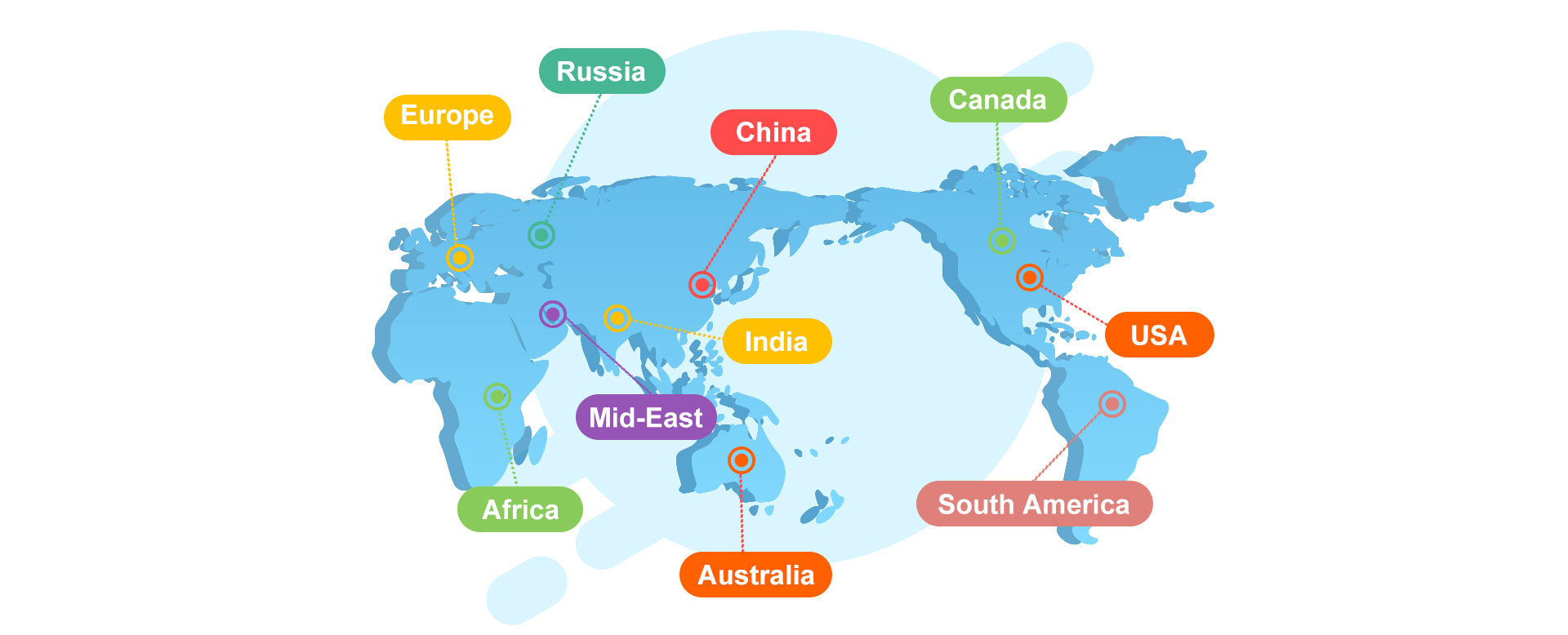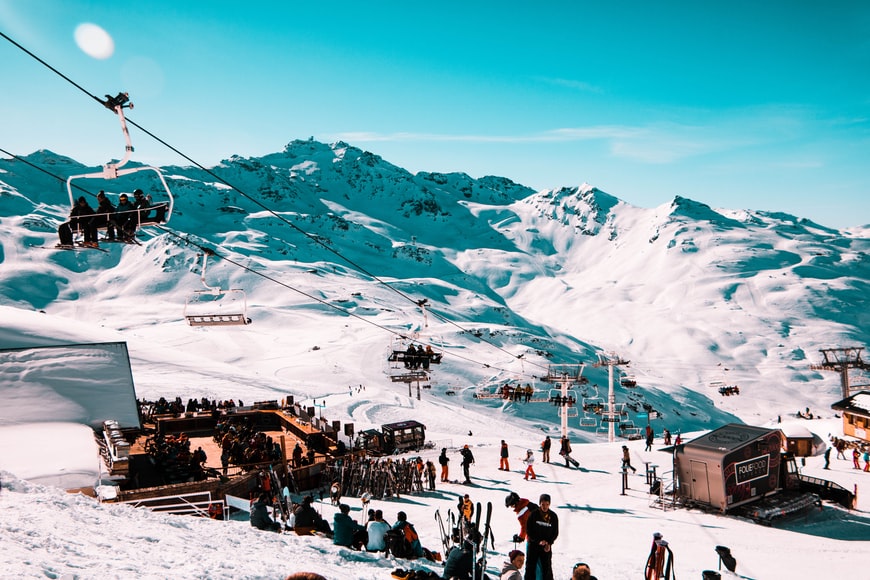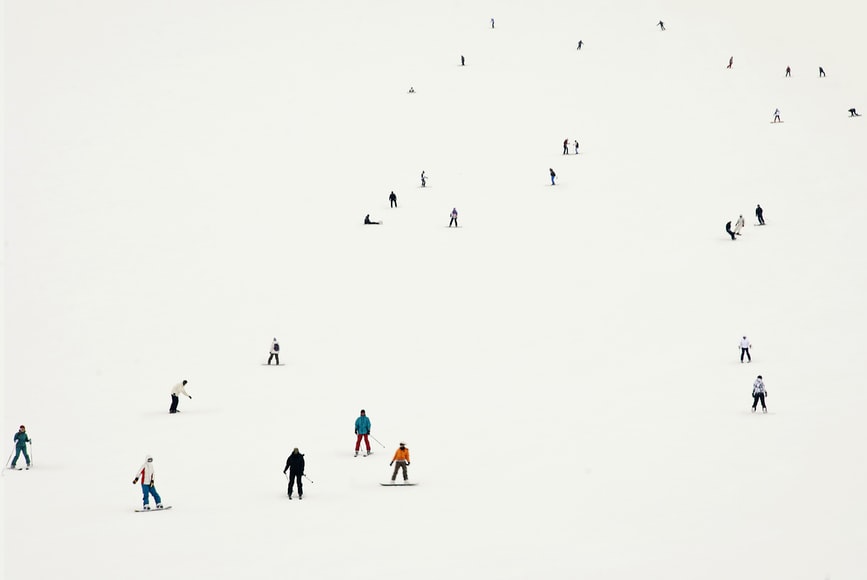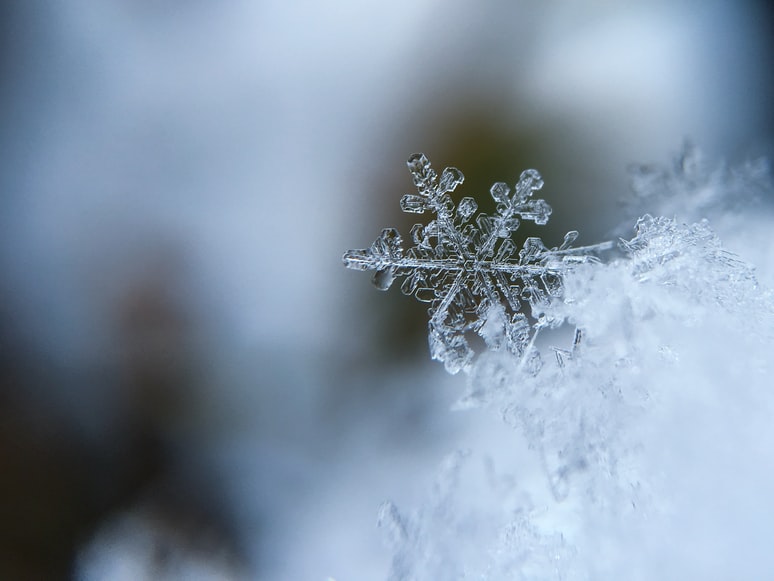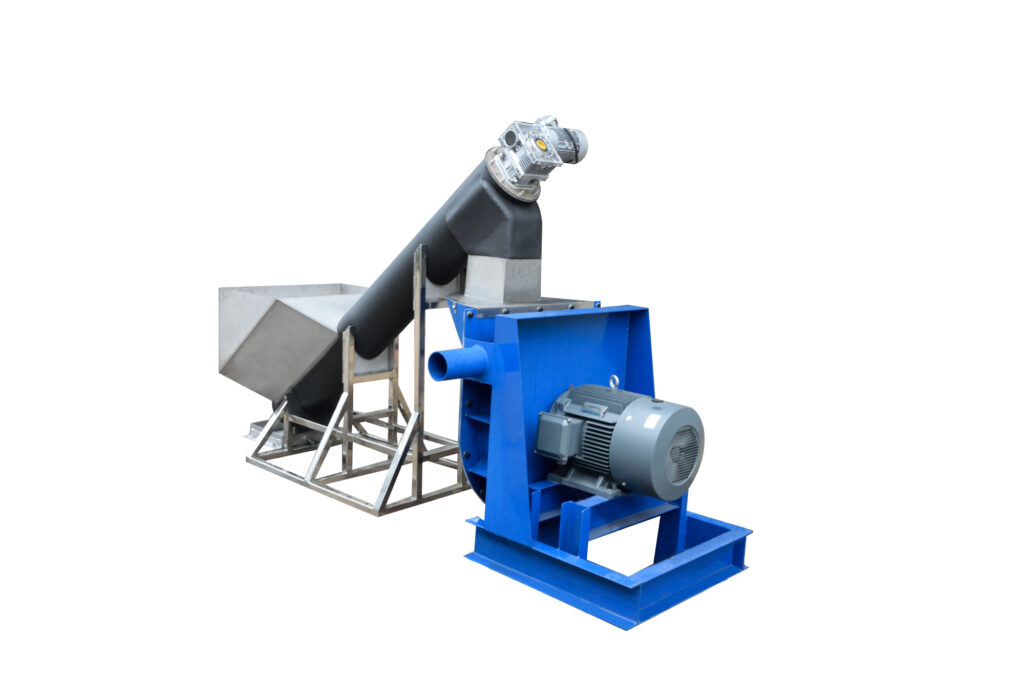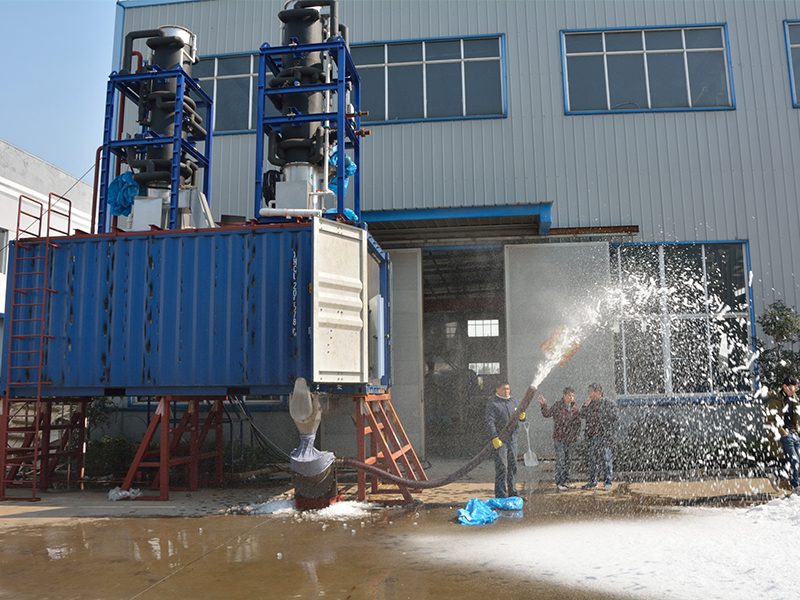How do snow machines work?
Ski resorts increasingly rely on snow-making machines.
Snow making machine – the secret behind the slopes
If you’ve ever watched a skiing event in the Winter Olympics or visited the slopes yourself, the odds are that much of the snow you’ve seen isn’t natural but made by a snow machine. So how?
All snow is a type of ice crystal——but manufactured snow is formed quite differently from the natural stuff and so has a different structure. Natural snow starts life as molecules of water vapor, floating high in the atmosphere, in temperatures that hover around freezing point or below.
When the vapor encounters what’s called a “nucleator” – usually a speck of pollen or dust – it transforms from a gas to a solid. In other words, it freezes, forming a six-sided hexagon-shaped ice crystal: a baby snowflake.
Over time, this tiny crystal bumps into more water-vapor molecules, which attach and freeze. Gradually it grows into a beautiful ice crystal lattice. The fully formed snowflake is also generally six-sided because the molecules bond naturally into the ice crystal’s hexagonal structure.
Not all snow looks like a classic snowflake, though. For example, very cold, dry air produces small powdery flakes that don’t stick together – great for “powder skiing”. When the temperature is warmer, flakes melt around the edges, forming “wet” sticky snow, which is better for making snowmen.
Natural snow is all our planet knew for billions of years, but as global warming begins to take its toll on seasonal snowfalls, the skiing industry is turning increasingly to technology to make its own.
Snow making machine history
An early snow machine was basically just a giant hose. A modern snow machine boasts sophisticated onboard weather stations, adjustable nozzles and complex software, able to maximise snow output with every change in temperature or humidity. A single state-of-the-art “snow machine” can make enough to fill 10 trucks in an hour.
Natural snow is made from water vapour. Human-made snow crystals are made from freezing liquid water. In most other ways, however, the process is similar.
Does a snow machine make real snow?
Because human-made snow is made from droplets rather than vapour, it has a different shape. It forms a ball that freezes from the outside in – a bit like freezing an egg. The result is a tiny rounded grain instead of a flake.
So can we still call these little ice balls snow? That’s a good question. It certainly looks a bit different when it first falls. But once on the ground, the structures of both natural and manufactured snow continue to change as they bond and mix with other snow crystals to become a continuous snow pack. They end up pretty similar.
In fact, the human-made stuff is arguably better for groomed ski runs – where snow is smoothed and compacted using a tractor. Human-made snow from a snow machine makes a more durable ski slope and is slower to melt, and hence is usually preferred for slalom courses.

